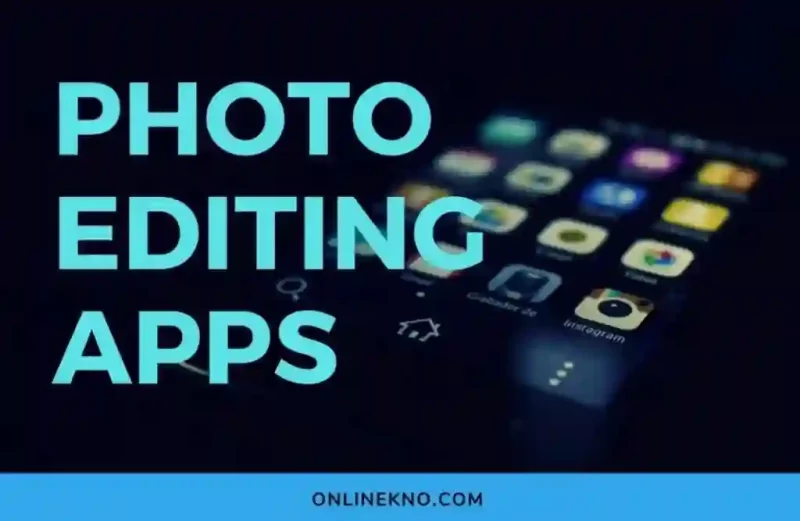In the world of digital photography, precision editing has become a cornerstone for professionals and hobbyists alike. The ability to make selective edits – adjusting specific parts of an image without affecting the whole – is a crucial aspect of modern photo editing. Whether it’s to correct a minor blemish, adjust the color balance in a certain area, or add a creative touch, the right photo editing app can make all the difference. In this article, we will explore the best photo editing apps that offer precision tools for selective editing, ensuring your photos are not just good, but perfect.
1. Adobe Photoshop: The Gold Standard
Adobe Photoshop remains the undisputed leader in the realm of precision editing. Its comprehensive set of tools, including the famous pen tool, quick selection tools, and layer masks, offer unparalleled control. Photoshop’s ability to handle detailed, pixel-level edits makes it a favorite among professionals. While it has a steep learning curve, its capabilities are unmatched, making it ideal for intricate selective edits.
2. Adobe Lightroom: Precision Meets Convenience
For those who prefer a more user-friendly interface but still require precision, Adobe Lightroom is a great alternative. Lightroom’s selective adjustment tools, like the graduated filter and the adjustment brush, allow users to apply changes to specific areas with ease. Its non-destructive editing process ensures that the original image remains intact, allowing for endless experimentation.
3. Affinity Photo: A Powerful Challenger
Affinity Photo has emerged as a strong competitor to Photoshop, offering similar precision editing tools at a more accessible price point. Its refined selection tools and layer-based editing make it perfect for detailed work. Moreover, its iPad version brings desktop-level precision to mobile editing.
4. Snapseed: Mobile Editing with Precision
Snapseed, a free app by Google, brings professional-grade precision editing to smartphones. Its selective adjustment feature, called the ‘Selective Tool’, allows users to pinpoint specific areas for adjustments like brightness, contrast, and saturation. The ‘Brush’ tool takes this further by letting users paint edits onto specific parts of the photo.
5. Pixelmator: Intuitive Yet Powerful
Pixelmator is known for its user-friendly interface, making it ideal for beginners and intermediate users. Its selection tools are robust, offering features like smart selection and quick masking for precise edits. The app also includes a range of advanced editing tools typically found in more professional software.
6. Polarr: Advanced Auto-Mask Feature
Polarr stands out with its advanced auto-mask feature, which intelligently selects areas within a photo for targeted adjustments. This feature is particularly useful for editing complex images where manual selection can be time-consuming.
7. VSCO: Selective Coloring
VSCO is not just about filters. It also offers precise selective color control, allowing users to enhance or mute specific colors within an image. This tool is especially useful for photographers looking to create a specific mood or focus on particular elements in their photos.
8. Fotor: Simple and Effective
Fotor is an excellent option for those who need precision but prefer a more straightforward toolset. Its ‘Tilt-Shift’ tool allows for selective focus, which can be used to draw attention to a specific subject or area in the photo.
9. Photoshop Express: Photoshop’s Simpler Cousin
Photoshop Express is a more streamlined version of Photoshop, designed for quick and precise edits on the go. It includes selective editing tools like the ‘Spot Heal’ and ‘Red Eye’ tools, perfect for fixing common photo issues with precision.
10. TouchRetouch: Specialized for Removals
TouchRetouch is a bit of a one-trick pony, but it does that trick very well. It’s designed specifically for removing unwanted elements from photos with precision. Whether it’s a stray piece of trash in a landscape or an unwanted photobomber, TouchRetouch makes it easy to make them disappear.
Tips for Making the Most of Selective Editing
- Start with a Vision: Before diving into editing, have a clear
idea of what you want to achieve. This will guide your selective edits and ensure a cohesive final image.
- Use Layers and Masks: When available, use layers and masks for your edits. They allow for non-destructive editing, meaning you can adjust or remove your edits without affecting the original image.
- Zoom In for Detail: Precision editing often requires working on small areas. Zoom in to ensure accuracy, especially when working with detailed selections or retouching.
- Take Advantage of Auto-Mask Features: Use auto-mask features for quicker editing. These are particularly useful for complex images where manual selection can be laborious.
- Balance Your Edits:When making selective adjustments, ensure that they blend well with the rest of the image. Over-editing a section can make it stand out unnaturally, so usual practice would be to use the best photo size converter.
- Experiment with Adjustment Brushes: Use adjustment brushes to tweak exposure, contrast, saturation, and more in specific areas. This can help in enhancing focal points or correcting uneven lighting.
- Refine Edges: Pay attention to the edges of your selections. Softening the edges can help blend your edits seamlessly into the image.
- Practice Patience: Precision editing can be time-consuming. Be patient and take breaks if necessary to maintain a fresh perspective on your work.
- Learn Shortcut Keys: If using desktop apps like Photoshop or Affinity Photo, learning shortcut keys can significantly speed up your workflow.
- Keep Learning: These apps are powerful and often updated with new features. Keep learning to make the most of their capabilities.
Conclusion
The art of selective editing in photography allows for a level of control and creativity that can elevate your images from good to great. Whether you’re a professional looking for robust tools or a hobbyist seeking user-friendly apps, there’s a solution that fits your needs. By mastering these tools, you can make precise adjustments, fix imperfections, or add creative touches that bring your artistic vision to life. Remember, the best photo editing app is the one that aligns with your workflow, skill level, and creative demands. Happy editing!

